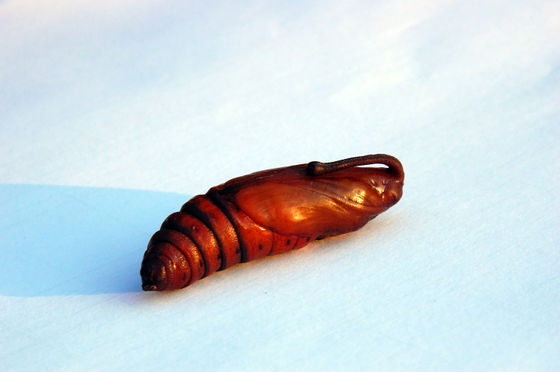Where does the memory exist?

by
Past experiments using planarians , known for their high regenerative power, suggest that the regenerated individuals retain their memories even after their heads have been removed. Then, the American scientific journal Nautilus considers the question “Where is the memory?” From the results of multiple experiments and research.
The Bizarre Science of Memory
http://nautil.us/blog/memories-can-be-injected-and-survive-amputation-and-metamorphosis
Prof. James McConnell, a biologist and science fiction writer at the University of Michigan, suddenly became a famous person in an experiment related to planaria in 1950-1960. The experiment conducted by Prof. McConnell is to cut the planarian after training to give it a blinking light and electric shock. Even after regenerating the tail, the planarian, which had only a head, remembered that it would receive an electric shock when the light flashed, and responded to the stimulus more quickly than an untrained individual. However, contrary to most expectations, not only individuals regenerated from the head but also individuals regenerated from the tail also had training memories.
Dr. McConnell, who wondered where Planaria stores the memory, was inspired by the results of a study by Swedish neurologist Holger Hyden that 'memory is in the RNA of neurons'. An experiment was conducted to prey on other planarians that have been trained to clear a maze. As a result, because the planarian that cannibalized the trained planarian acted like a maze, Professor McConnell insisted that 'the planarian's memory is transplantable through a substance called memory RNA ' . However, at that time, it was not thought that simple invertebrates like Planaria could learn the maze, and Professor McConnell published a manga called ' Worm Runner's Digest ' and introduced the research results interestingly. Because of this, Professor McConnell's research was not so important and was eventually forgotten.

Prof. McConnell's research came into the spotlight again when Tal Shomrat and Michael Levin of Tufts University conducted another experiment with planarian. Researchers used the nature of planarian to avoid light, and trained the person with light to learn that there is food. Then, after cutting the trained planarian head, we measured the time it took for the regenerated individual to reach the prey that had been exposed to the light, and compared it with the untrained individual. As a result, both planarians did not change the time to reach the food at first, but the speed of learning that the light is in the direction of light is clearer to the individuals whose heads were regenerated after training It was early. From this result, Chomrat et al. Stated that 'Pranaria's memory may be accumulated outside of the brain, as demonstrated by an earlier experiment by Prof. McConnell.'
Research groups such as David Grantsman, a neuroscientist at the University of California at Los Angeles, conducted experiments that further developed Professor McConnell's research. Mr. Grantsman first trained to give a faint current to a snail, and observed the reaction. Aplysia that has received an electric current pulls an organ called a water pipe into the body and performs a defense reaction. Aplysia has been able to retract the water pipe for nearly a minute. In addition, when Mr. Grantsman extracted RNA from trained Aplysia nerves and injected it into Aplysia without training, Aphrodisus who did not receive training was able to retract the water tube for a long time.
The details of the experiment by Grantsman and others are described in detail in the following articles.
Experiments using Aplysia show that it is possible to `` transplant memory to another individual ''-GIGAZINE

Tufts University's Douglas Blakiston used an insect, not an aquatic organism, to conduct experiments from a different perspective than Grantsman. Mr. Blakiston first gave a light electric shock to the tobacco larvae after smelling ethyl acetate . Tobacco tin mega larvae gradually avoided the smell of ethyl acetate, but this behavior was observed even after tobacco tin mega became adults. Mr. Blakiston points out that 'the moth larva retained its memory despite the transformation after melting the entire body, including the brain, in the cage'.

by 7and
Nautilus writer Marco Altamirano said, “So far, it has been thought that memory is conserved in the synapse formed by the connection of neurons in the brain. The result of the experiment that memory is retained during and before and after metamorphosis is not only bright news for Alzheimer's disease patients, but it also restores memory lost by induction of appropriate RNA and regenerates neurons I suggest that you will be able to. '
Related Posts:






